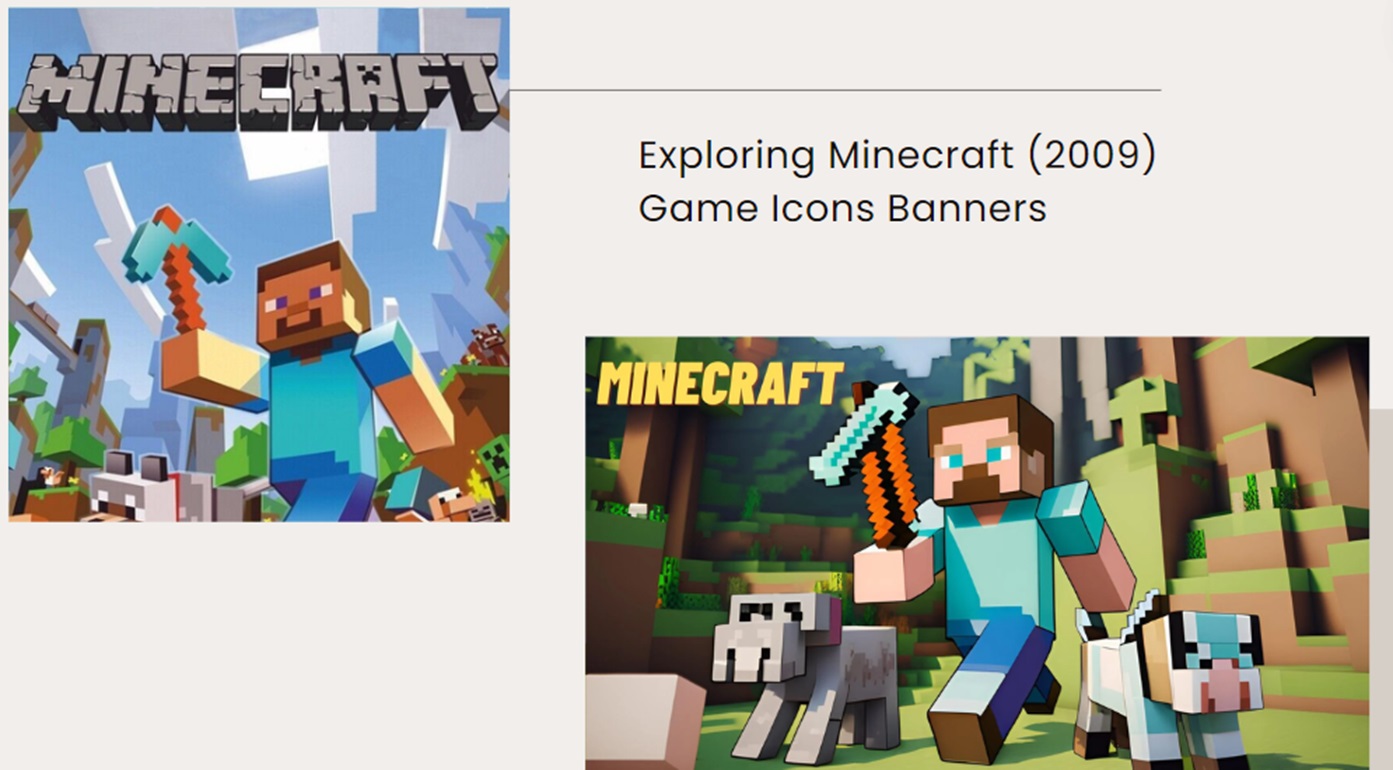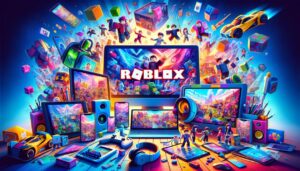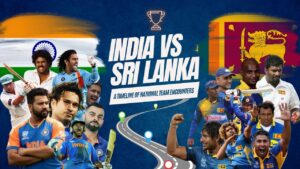
minecraft (2009) game icons banners
Introduction: Minecraft (2009) Game Icons Banners
Minecraft, the sandbox game that took the world by storm upon its release in 2009, has become a cultural phenomenon. One of the game’s most beloved features is the ability to create and customize banners. These in-game items allow players to express their creativity and personalize their worlds. In this article, we delve into the significance of game icons and banners in Minecraft (2009), exploring their impact on the game’s culture and player community.
Table of Contents
The Origin and Evolution of Minecraft
Minecraft was created by Markus “Notch” Persson and later developed and published by Mojang Studios. Since its release, the game has evolved significantly, offering players an expansive world made up of blocks where they can mine resources, craft items, and build structures. The game’s open-ended nature and infinite possibilities have attracted millions of players worldwide.
Early Development and Release
The initial development of Minecraft began as an independent project by Notch. Influenced by games like Dwarf Fortress, Infiniminer, and RollerCoaster Tycoon, Notch sought to create a game that combined building and adventure elements in a procedurally generated 3D world. The first public release, known as “Minecraft Classic,” was made available on May 17, 2009. This version laid the groundwork for what would become one of the best-selling video games of all time.
Major Updates and Features
Minecraft has seen numerous updates since its release, each adding new features, mechanics, and content to the game. Key updates include the addition of survival mode, the Nether dimension, enchanting, and, of course, banners. These updates have kept the game fresh and engaging for players, continuously expanding the possibilities for creativity and exploration.
The Role of Banners in Minecraft
Banners were introduced to Minecraft in version 1.8, which was released in September 2014. Although they were not part of the original 2009 version, their inclusion has become a crucial aspect of the game’s identity. Banners are tall decorative blocks that can be placed on the ground or hung on walls. They are highly customizable, allowing players to create intricate designs and patterns using dyes.
Crafting and Customizing Banners
To craft a banner, players need six pieces of wool and one stick. The color of the wool determines the base color of the banner. Once crafted, players can add patterns using a variety of dyes. The patterns can be simple, such as stripes or borders, or more complex designs like creeper faces or skull and crossbones. Players can combine up to six different patterns on a single banner, resulting in countless unique combinations.
The Crafting Process
Crafting a banner is a straightforward process. Players start by gathering wool from sheep, which can be dyed in any of the 16 available colors using various dyes obtained from plants, flowers, and other resources. The wool is then arranged in a crafting table with a stick to create a blank banner. From there, players can use a loom to add patterns.
The loom, introduced in version 1.14, simplifies the banner customization process. It allows players to select a pattern, choose a dye color, and apply it to the banner. This system provides an intuitive interface for creating complex designs, making the creative process more accessible and enjoyable.
Types of Patterns
There are numerous patterns available for banners, each with its unique visual appeal. Some of the most common patterns include:
- Stripes: Vertical, horizontal, or diagonal stripes can be applied in various colors to create a classic look.
- Borders: Borders can be added to the edges of the banner to frame the design.
- Creeper Face: This pattern features the iconic face of the Creeper, one of Minecraft’s most recognizable mobs.
- Skull and Crossbones: This pirate-themed pattern adds a touch of adventure to banners.
- Flower Charge: A pattern that resembles a daisy, adding a floral element to the design.
Players can mix and match these patterns, layering them to create unique and personalized banners. The ability to customize banners so extensively is one of the features that make them so popular among Minecraft players.
The Symbolism of Banners
Banners serve both aesthetic and functional purposes in Minecraft. Aesthetically, they allow players to add a personal touch to their buildings and landscapes. Functionally, they can be used to mark territories, signal locations, or represent factions in multiplayer servers. This dual purpose makes banners a versatile tool in the hands of creative players.
Aesthetic Appeal
The aesthetic appeal of banners cannot be overstated. They add a splash of color and personality to any structure, whether it’s a medieval castle, a modern skyscraper, or a quaint village. Players often use banners to complement the architectural style of their builds, enhancing the overall visual appeal of their creations.
In addition to decorating buildings, banners can be used in landscaping. For example, players might use banners to create flags for custom-built ships, adding realism and detail to their nautical adventures. Banners can also be used to create festival decorations, market stalls, and other themed areas, making the game world feel more vibrant and alive.
Functional Uses
Beyond their aesthetic value, banners have practical applications in Minecraft. One of the most common uses is marking territories. In multiplayer servers, players can use banners to designate their land, making it clear which areas belong to whom. This can help prevent disputes and ensure that everyone respects each other’s space.
Banners can also be used to signal locations. For example, players might place banners at the entrances to mines, dungeons, or other points of interest to make them easier to find. This is particularly useful in large, sprawling worlds where navigation can be challenging.
In multiplayer settings, banners can represent factions, clans, or teams. Players can create custom banners that symbolize their group’s identity, fostering a sense of unity and pride. These banners can be displayed at bases, fortresses, and other communal areas, creating a visual representation of the group’s presence and influence.
The Cultural Impact of Game Icons and Banners
The introduction of banners and other customizable elements has had a significant impact on Minecraft’s culture. These features have fostered a sense of community and collaboration among players. Online forums and social media platforms are filled with banner design tutorials, showcasing the creativity and ingenuity of the Minecraft community.
Community Creations and Competitions
Players often share their banner designs online, inspiring others and sparking creativity. Some communities even host banner design competitions, where players can showcase their skills and win prizes. These events strengthen the bonds within the Minecraft community and highlight the game’s emphasis on creativity and self-expression.
Sharing Designs
The Minecraft community is known for its creativity and willingness to share knowledge. Websites like Planet Minecraft, Reddit, and various forums are brimming with banner design ideas and tutorials. Players upload screenshots and videos of their creations, providing step-by-step instructions for others to follow.
These shared designs often serve as inspiration for new players, helping them learn the intricacies of banner customization. The collaborative nature of the community ensures that there is always a fresh influx of ideas, keeping the game dynamic and engaging.
Competitions and Events
Banner design competitions are a popular way for players to showcase their talents and engage with the community. These events can range from small, server-specific contests to large, community-wide challenges. Competitions typically have themes, such as holidays, historical events, or popular culture references, adding an extra layer of excitement and creativity.
Participants submit their designs, which are then judged based on criteria like creativity, complexity, and adherence to the theme. Winners often receive in-game rewards, recognition, and sometimes even real-world prizes. These events not only celebrate individual talent but also foster a sense of camaraderie and friendly competition within the community.
In-Game Representation and Identity
Banners also play a role in in-game representation and identity. In multiplayer servers, players often use banners to represent their clans or factions. These banners become a symbol of their group’s identity, pride, and achievements. This aspect of the game adds a layer of depth to the multiplayer experience, encouraging teamwork and collaboration.
Faction Identity
In many multiplayer servers, players form factions or clans to collaborate and compete with others. Custom banners are often used to represent these groups, serving as their flag or emblem. The design of the banner can reflect the faction’s name, theme, or values, creating a strong visual identity.
For example, a faction focused on exploration and discovery might use a banner with a compass design, while a faction known for its military prowess might opt for a banner with a shield or sword motif. These banners are displayed prominently at faction bases, forts, and meeting points, reinforcing the group’s presence and identity.
Achievements and Milestones
Banners can also be used to commemorate achievements and milestones within the game. Players might create special banners to celebrate events like the completion of a major building project, the defeat of a powerful boss, or the establishment of a new settlement. These banners serve as a visual record of the player’s accomplishments, adding a sense of history and progression to the game world.
In some servers, players might even exchange banners as tokens of friendship or alliances. This practice can strengthen bonds between players and groups, fostering a sense of community and mutual support.
The Artistic Potential of Minecraft Banners
The artistic potential of Minecraft banners is virtually limitless. With the ability to combine multiple patterns and colors, players can create intricate and visually stunning designs. This aspect of the game appeals to both casual players and dedicated artists, offering a platform for creative expression that is both accessible and deeply engaging.
Intricate Designs and Techniques
Creating intricate banner designs requires a combination of creativity, planning, and technical skill. Players experiment with different patterns and layering techniques to achieve their desired effects. Some designs mimic real-world flags and emblems, while others are entirely original creations.
Layering and Transparency
One of the key techniques in banner design is layering. By applying multiple patterns in a specific order, players can create complex images and textures. Transparency is an important factor to consider, as certain patterns partially overlap and blend with the layers beneath them. Mastering this technique allows players to create designs with depth and dimension.
For example, a player might start with a simple base color, add a gradient pattern for shading, and then overlay intricate shapes or symbols. The careful selection and arrangement of these layers can result in detailed and visually striking banners.
Color Theory and Symbolism
Color theory plays a significant role in banner design. Players choose colors that complement each other and enhance the overall aesthetic of the design. Understanding color harmony, contrast, and symbolism can elevate a banner from a simple decoration to a meaningful piece of art.
For instance, a player designing a banner for a medieval-themed castle might use rich, deep colors like crimson and gold to convey a sense of royalty and grandeur. On the other hand, a banner for a peaceful village might feature soft, pastel colors to evoke a sense of tranquility and harmony.
Collaborative Art Projects
The artistic potential of banners extends beyond individual creations. Players often collaborate on large-scale art projects, using banners to create murals, mosaics, and other collective works. These projects demonstrate the power of teamwork and the shared creativity of the Minecraft community.
Community Murals and Exhibits
Some servers host community art projects where players contribute banners to create large murals or exhibits. These collaborative efforts can depict scenes from the game, historical events, or entirely fictional worlds. The final result is a testament to the collective imagination and artistic skill of the participants.
These projects often become landmarks within the game world, attracting visitors and serving as a source of pride for the community. They also provide opportunities for players to learn from each other, sharing techniques and ideas that enhance everyone’s creative abilities.
Educational Applications
Banner art projects can also have educational applications. Teachers and educators use Minecraft as a tool for teaching subjects like history, art, and mathematics. Banner customization can be incorporated into lessons, allowing students to explore concepts like symmetry, pattern recognition, and cultural symbolism in a hands-on and engaging way.
For example, a history lesson might involve students creating banners that represent different historical periods or cultures. This activity can help students understand and appreciate the visual language and symbolism of various civilizations.
The Future of Banners in Minecraft
As Minecraft continues to evolve, the role of banners in the game is likely to expand. Future updates may introduce new patterns, colors, and customization options, further enhancing the creative possibilities for players. The enduring popularity of banners suggests that they will remain a beloved feature of the game for years to come.
Potential Updates and Features
Mojang Studios regularly updates Minecraft, adding new content and features based on player feedback and creative vision. Future updates might include:
- New Patterns: Introducing additional patterns and symbols can provide players with even more options for customization. This could include cultural motifs, abstract designs, and themed patterns based on popular media.
- Enhanced Customization Tools: Improvements to the loom or the introduction of new tools could make the customization process more intuitive and versatile. For example, players might gain the ability to resize or rotate patterns, creating even more intricate designs.
- Interactive Banners: Adding interactive elements to banners, such as animations or functional features, could open up new possibilities for creativity and gameplay. Imagine banners that change color based on environmental conditions or that display messages and icons.
Community Influence
The Minecraft community plays a significant role in shaping the game’s development. Mojang Studios frequently incorporates player feedback and suggestions into updates, ensuring that the game continues to meet the needs and desires of its audience. The passion and creativity of the community are driving forces behind the evolution of features like banners.
Legacy and Cultural Significance
Banners have become an integral part of Minecraft’s legacy and cultural significance. They embody the game’s core values of creativity, self-expression, and community collaboration. As players continue to explore and expand the possibilities of banner customization, they contribute to the rich tapestry of experiences that define Minecraft.
Conclusion
Minecraft (2009) has evolved far beyond its initial release, incorporating new features that enhance player creativity and interaction. The introduction of banners has significantly contributed to this evolution, offering players a means to express themselves and connect with others. As the game continues to grow and evolve, the role of game icons and banners will undoubtedly remain a beloved aspect of the Minecraft experience. Whether used for decoration, signaling, or representation, banners in Minecraft symbolize the limitless creativity and vibrant community that define this iconic game.






